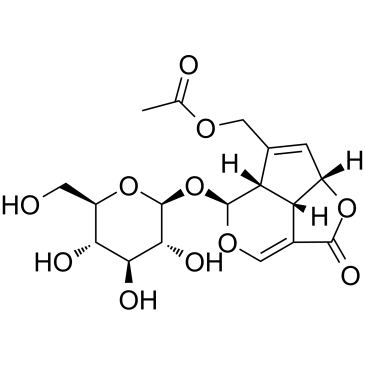Immunology/Inflammation
The immune and inflammation-related pathway including the Toll-like receptors pathway, the B cell receptor signaling pathway, the T cell receptor signaling pathway, etc.
Toll-like receptors (TLRs) play a central role in host cell recognition and responses to microbial pathogens. TLR4 initially recruits TIRAP and MyD88. MyD88 then recruits IRAKs, TRAF6, and the TAK1 complex, leading to early-stage activation of NF-κB and MAP kinases [1]. TLR4 is endocytosed and delivered to intracellular vesicles and forms a complex with TRAM and TRIF, which then recruits TRAF3 and the protein kinases TBK1 and IKKi. TBK1 and IKKi catalyze the phosphorylation of IRF3, leading to the expression of type I IFN [2].
BCR signaling is initiated through ligation of mIg under conditions that induce phosphorylation of the ITAMs in CD79, leading to the activation of Syk. Once Syk is activated, the BCR signal is transmitted via a series of proteins associated with the adaptor protein B-cell linker (Blnk, SLP-65). Blnk binds CD79a via non-ITAM tyrosines and is phosphorylated by Syk. Phospho-Blnk acts as a scaffold for the assembly of the other components, including Bruton’s tyrosine kinase (Btk), Vav 1, and phospholipase C-gamma 2 (PLCγ2) [3]. Following the assembly of the BCR-signalosome, GRB2 binds and activates the Ras-guanine exchange factor SOS, which in turn activates the small GTPase RAS. The original RAS signal is transmitted and amplified through the mitogen-activated protein kinase (MAPK) pathway, which including the serine/threonine-specific protein kinase RAF followed by MEK and extracellular signal related kinases ERK 1 and 2 [4]. After stimulation of BCR, CD19 is phosphorylated by Lyn. Phosphorylated CD19 activates PI3K by binding to the p85 subunit of PI3K and produce phosphatidylinositol-3,4,5-trisphosphate (PIP3) from PIP2, and PIP3 transmits signals downstream [5].
Central process of T cells responding to specific antigens is the binding of the T-cell receptor (TCR) to specific peptides bound to the major histocompatibility complex which expressed on antigen-presenting cells (APCs). Once TCR connected with its ligand, the ζ-chain–associated protein kinase 70 molecules (Zap-70) are recruited to the TCR-CD3 site and activated, resulting in an initiation of several signaling cascades. Once stimulation, Zap-70 forms complexes with several molecules including SLP-76; and a sequential protein kinase cascade is initiated, consisting of MAP kinase kinase kinase (MAP3K), MAP kinase kinase (MAPKK), and MAP kinase (MAPK) [6]. Two MAPK kinases, MKK4 and MKK7, have been reported to be the primary activators of JNK. MKK3, MKK4, and MKK6 are activators of P38 MAP kinase [7]. MAP kinase pathways are major pathways induced by TCR stimulation, and they play a key role in T-cell responses.
Phosphoinositide 3-kinase (PI3K) binds to the cytosolic domain of CD28, leading to conversion of PIP2 to PIP3, activation of PKB (Akt) and phosphoinositide-dependent kinase 1 (PDK1), and subsequent signaling transduction [8].
References
[1] Kawai T, Akira S. The role of pattern-recognition receptors in innate immunity: update on Toll-like receptors[J]. Nature immunology, 2010, 11(5): 373-384.
[2] Kawai T, Akira S. Toll-like receptors and their crosstalk with other innate receptors in infection and immunity[J]. Immunity, 2011, 34(5): 637-650.
[3] Packard T A, Cambier J C. B lymphocyte antigen receptor signaling: initiation, amplification, and regulation[J]. F1000Prime Rep, 2013, 5(40.10): 12703.
[4] Zhong Y, Byrd J C, Dubovsky J A. The B-cell receptor pathway: a critical component of healthy and malignant immune biology[C]//Seminars in hematology. WB Saunders, 2014, 51(3): 206-218.
[5] Baba Y, Matsumoto M, Kurosaki T. Calcium signaling in B cells: regulation of cytosolic Ca 2+ increase and its sensor molecules, STIM1 and STIM2[J]. Molecular immunology, 2014, 62(2): 339-343.
[6] Adachi K, Davis M M. T-cell receptor ligation induces distinct signaling pathways in naive vs. antigen-experienced T cells[J]. Proceedings of the National Academy of Sciences, 2011, 108(4): 1549-1554.
[7] Rincón M, Flavell R A, Davis R A. The Jnk and P38 MAP kinase signaling pathways in T cell–mediated immune responses[J]. Free Radical Biology and Medicine, 2000, 28(9): 1328-1337.
[8] Bashour K T, Gondarenko A, Chen H, et al. CD28 and CD3 have complementary roles in T-cell traction forces[J]. Proceedings of the National Academy of Sciences, 2014, 111(6): 2241-2246.
Targets for Immunology/Inflammation
- Cyclic GMP-AMP Synthase(1)
- Apoptosis(137)
- 5-Lipoxygenase(18)
- TLR(106)
- Papain(2)
- PGDS(1)
- PGE synthase(26)
- SIKs(10)
- IκB/IKK(83)
- AP-1(2)
- KEAP1-Nrf2(47)
- NOD1(1)
- NF-κB(265)
- Interleukin Related(129)
- 15-lipoxygenase(2)
- Others(10)
- Aryl Hydrocarbon Receptor(35)
- CD73(16)
- Complement System(46)
- Galectin(30)
- IFNAR(19)
- NO Synthase(78)
- NOD-like Receptor (NLR)(37)
- STING(84)
- Reactive Oxygen Species(434)
- FKBP(14)
- eNOS(4)
- iNOS(24)
- nNOS(21)
- Glutathione(37)
- Adaptive Immunity(144)
- Allergy(129)
- Arthritis(25)
- Autoimmunity(134)
- Gastric Disease(64)
- Immunosuppressants(27)
- Immunotherapeutics(3)
- Innate Immunity(411)
- Pulmonary Diseases(76)
- Reactive Nitrogen Species(43)
- Specialized Pro-Resolving Mediators(42)
- Reactive Sulfur Species(24)
Products for Immunology/Inflammation
- Cat.No. Nom du produit Informations
-
GC49393
all-trans-13,14-Dihydroretinol
A metabolite of all-trans retinoic acid

-
GC45379
Alloxan (hydrate)

-
GC11443
Allylthiourea
L'allylthiourée est un inhibiteur métabolique qui inhibe sélectivement l'oxydation de l'ammoniac.
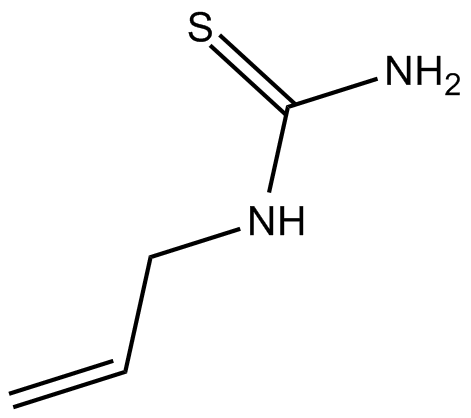
-
GP10015
alpha-1 antitrypsin fragment
Protease inhibitor
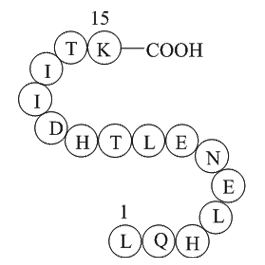
-
GP10008
alpha-1 antitrypsin fragment 235-243 [Homo sapiens]/[Papio hamadryas]/[Cercopithecus aethiops]
Protease inhibitor
![alpha-1 antitrypsin fragment 235-243 [Homo sapiens]/[Papio hamadryas]/[Cercopithecus aethiops] Chemical Structure alpha-1 antitrypsin fragment 235-243 [Homo sapiens]/[Papio hamadryas]/[Cercopithecus aethiops] Chemical Structure](/media/struct/GP1/GP10008.png)
-
GC35306
alpha-Mangostin
alpha-Mangostin (α-Mangostin) est une xanthone alimentaire avec de larges activités biologiques, telles que des effets antioxydants, anti-allergiques, antiviraux, antibactériens, anti-inflammatoires et anticancéreux. C'est un inhibiteur du mutant IDH1 (IDH1-R132H) avec un Ki de 2,85 μM.
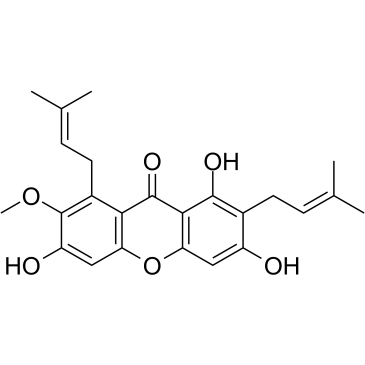
-
GC67968
ALPK1-IN-2
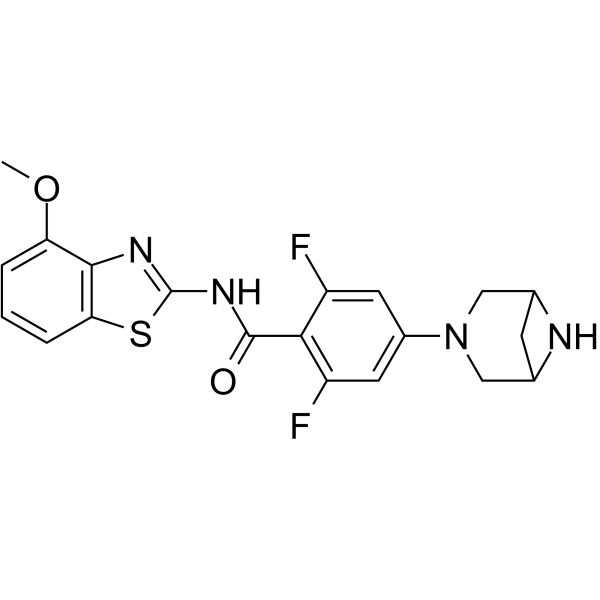
-
GC40024
Altenusin
L'alténusine montre des activités de piégeage radicalaire DPPH marquées.

-
GC49039
Althiomycin
A thiazole antibiotic

-
GC46835
Alyssin
L'alyssine, présente dans les légumes crucifères, exerce une activité anticancéreuse dans HepG2 en augmentant les espèces réactives intracellulaires de l'oxygène et la dépolymérisation de la tubuline.

-
GC49638
Ambrisentan-d3
An internal standard for the quantification of ambrisentan

-
GC48611
Ambroxol-d5
An internal standard for the quantification of ambroxol

-
GC42780
Ambuic Acid
Ambuic acid is a cyclohexanone originally isolated from Pestalotiopsis and Monochaetia species that has phytopathogenic antifungal, quorum sensing inhibitory, and antibacterial activities.

-
GN10484
Amentoflavone
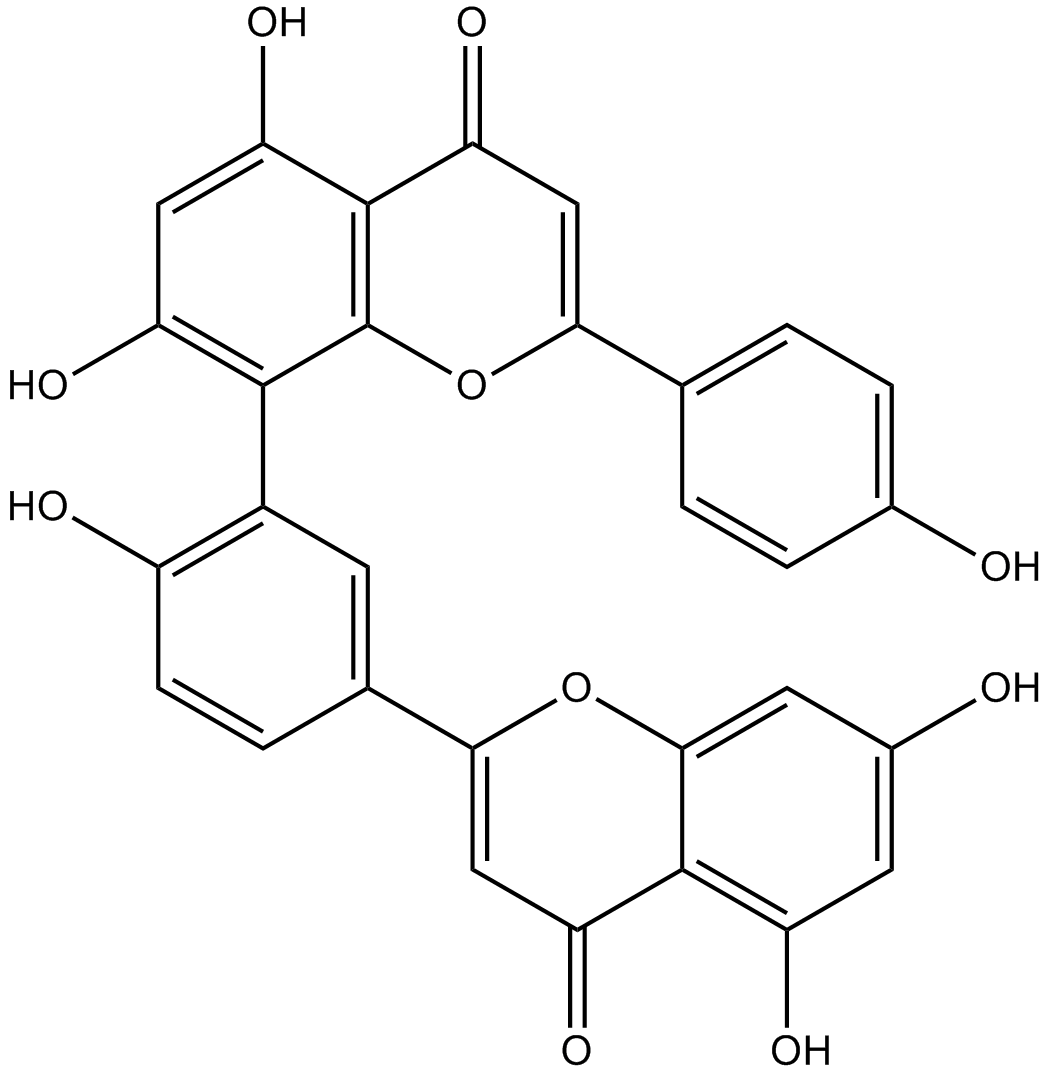
-
GC46840
Amicoumacin B
An amicoumacin with quorum-sensing inhibitory activity

-
GC15727
Aminoguanidine hydrochloride
Le chlorhydrate d'aminoguanidine est un inhibiteur de la diamine oxydase et de la NO synthase, réduit les niveaux de produits finaux de glycation avancée (AGE) en interagissant avec la 3-désoxyglucosone, est un médicament expérimental pour le traitement de la néphropathie diabétique.
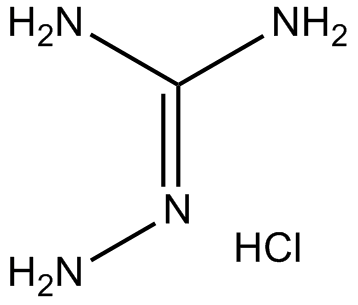
-
GC65226
Aminopicoline
L'aminopicoline (Ascensil) est un inhibiteur puissant et non sélectif des isoenzymes NO synthase (NOS) (iNOS, nNOS, eNOS).
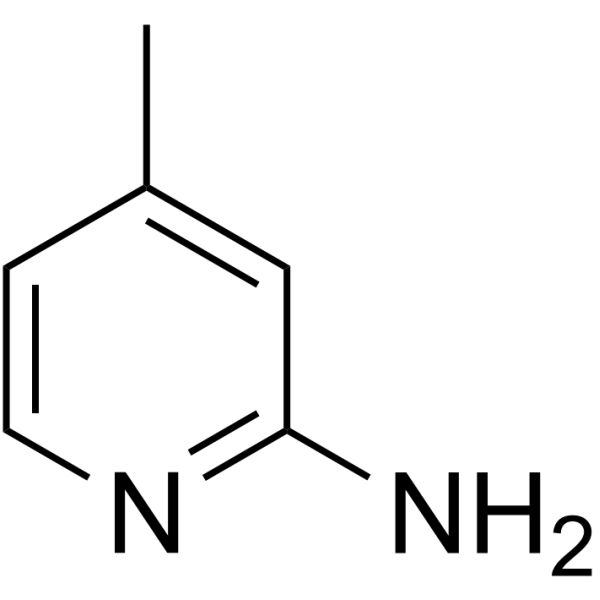
-
GC18274
Amiprofos-methyl
L'amiprofos-méthyl (BAY-NTN 6867) est un herbicide à base d'amide phosphorique.
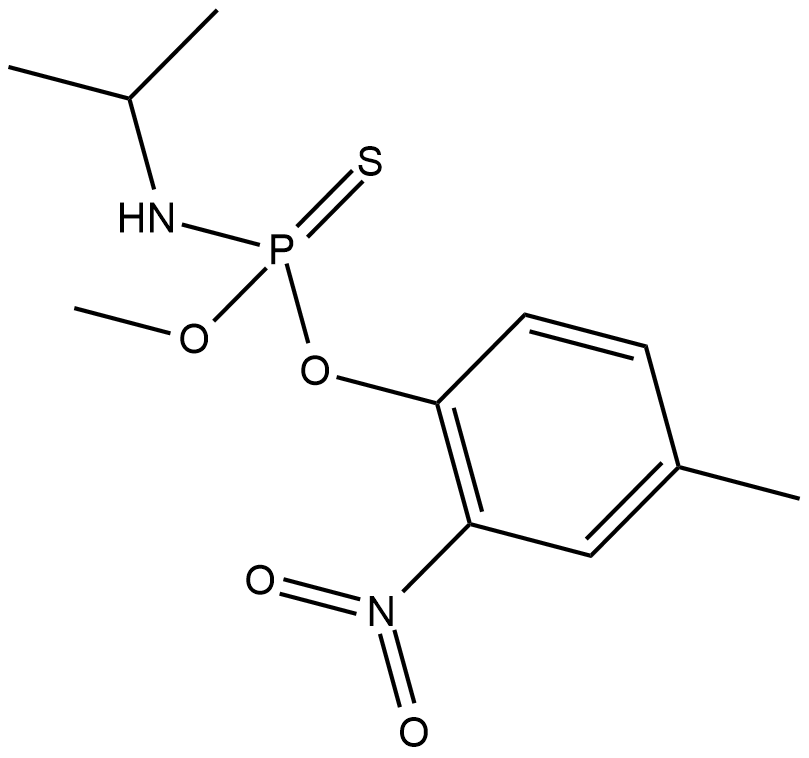
-
GC49336
AMK (hydrochloride)
An active metabolite of melatonin

-
GC31319
Amlexanox (AA673)
Amlexanox (AA673) (AA673; Amoxanox; CHX3673) est un inhibiteur spécifique de IKKε et TBK1, et inhibe l'IKKε ; et activité TBK1 déterminée par phosphorylation de MBP avec une CI50 d'environ 1-2 μM.
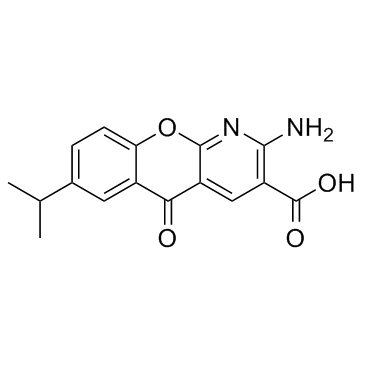
-
GC45725
Amodiaquine-d10
An internal standard for the quantification of amodiaquine

-
GC40636
Amorfrutin A
Amorfrutin A is an isoprenoid-substituted benzoic acid natural product found in the fruit of A.

-
GC52059
AMOZ
AMOZ, un métabolite lié aux tissus de Furaltadone, Furaltadone est un antibiotique synthétique nitrofurane largement utilisé

-
GC41406
AMP-Deoxynojirimycin
The lipid messenger ceramide is converted to glucosylceramide by glucosylceramide synthase (GCS).
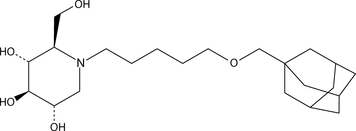
-
GC52406
AMPR-22 (trifluoroacetate salt)
An antimicrobial peptide

-
GC63932
Amsilarotene
L'amsilarotène (TAC-101 ; Am 555S), un rétinoÏde synthétique actif par voie orale, a une affinité sélective pour le récepteur de l'acide rétinoÏque α ; (RAR-α) liaison avec Ki de 2,4, 400 nM pour RAR-α et RAR-β ;. L'amsilarotène induit l'apoptose des cellules humaines du cancer gastrique, du carcinome hépatocellulaire et du carcinome ovarien. L'amsilarotène peut être utilisé pour la recherche sur le cancer.
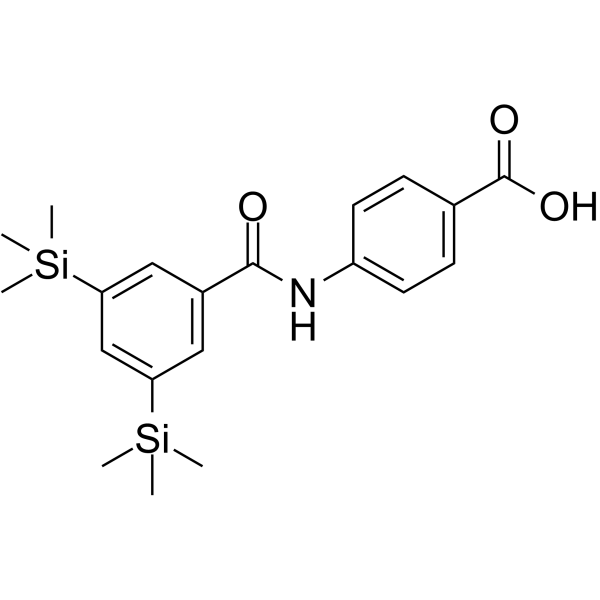
-
GC15010
AMT hydrochloride
Le chlorhydrate d'AMT est un inhibiteur sélectif de la NOS inductible (iNOS) avec un Ki de 4,2 nM.
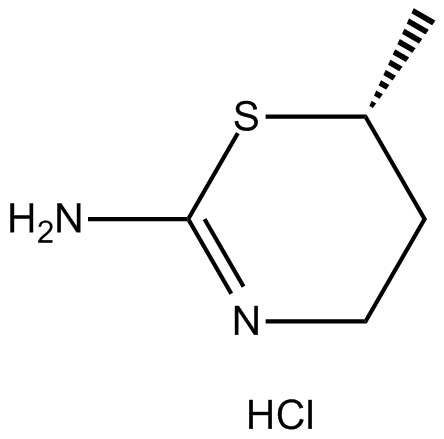
-
GC48339
Amycolatopsin A
A macrolide polyketide with antimycobacterial and anticancer activities

-
GC48350
Amycolatopsin C
A polyketide macrolide with antimycobacterial and anticancer activities

-
GP10099
amyloid A protein fragment [Homo sapiens]
Apolipoproteins related to HDL in plasma
![amyloid A protein fragment [Homo sapiens] Chemical Structure amyloid A protein fragment [Homo sapiens] Chemical Structure](/media/struct/GP1/GP10099.png)
-
GC32057
AN-3485
AN-3485 est un analogue du benzoxaborole, inhibiteur du récepteur Toll-Like (TLR) avec des valeurs IC50 allant de 18 À 580 nM.
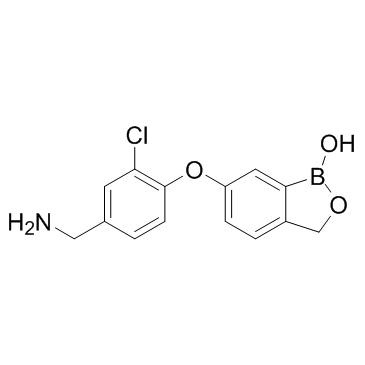
-
GC41211
Anacardic Acid Diene
Anacardic acid diene is a polyunsaturated form of anacardic acid that has been found in cashew nut shell liquid.

-
GC41531
Anacardic Acid Triene
Anacardic acid triene is a polyunsaturated form of anacardic acid that has been found in cashew nut shell liquid.

-
GC39254
Anatabine dicitrate
Le dicitrate d'anatabine est un alcaloÏde du tabac qui peut traverser la barrière hémato-encéphalique.
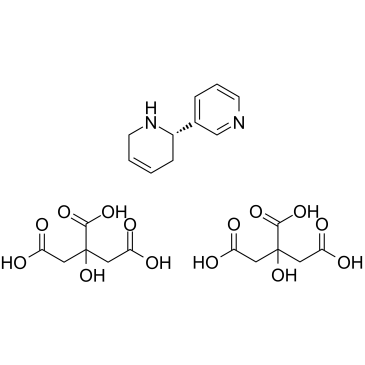
-
GN10718
Andrographolide
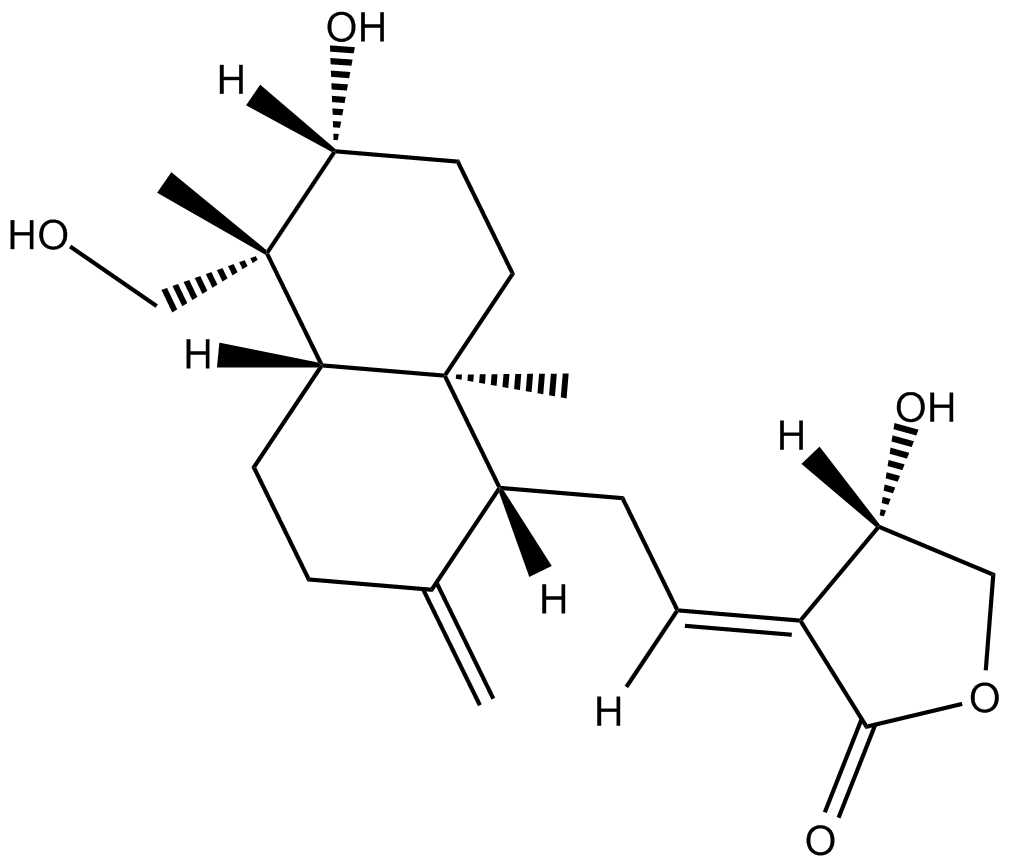
-
GC35340
Andropanolide
L'andrographolide (Andro) est un petit antagoniste de l'activation de NF-κB par modification covalente de la cystéine réduite 62 de p50.
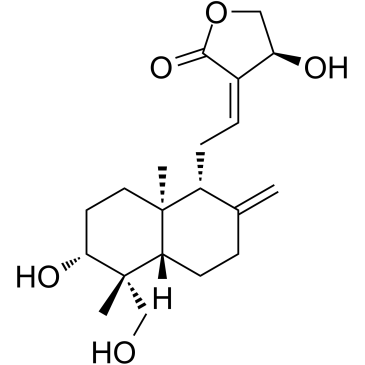
-
GN10685
Anemarsaponin B
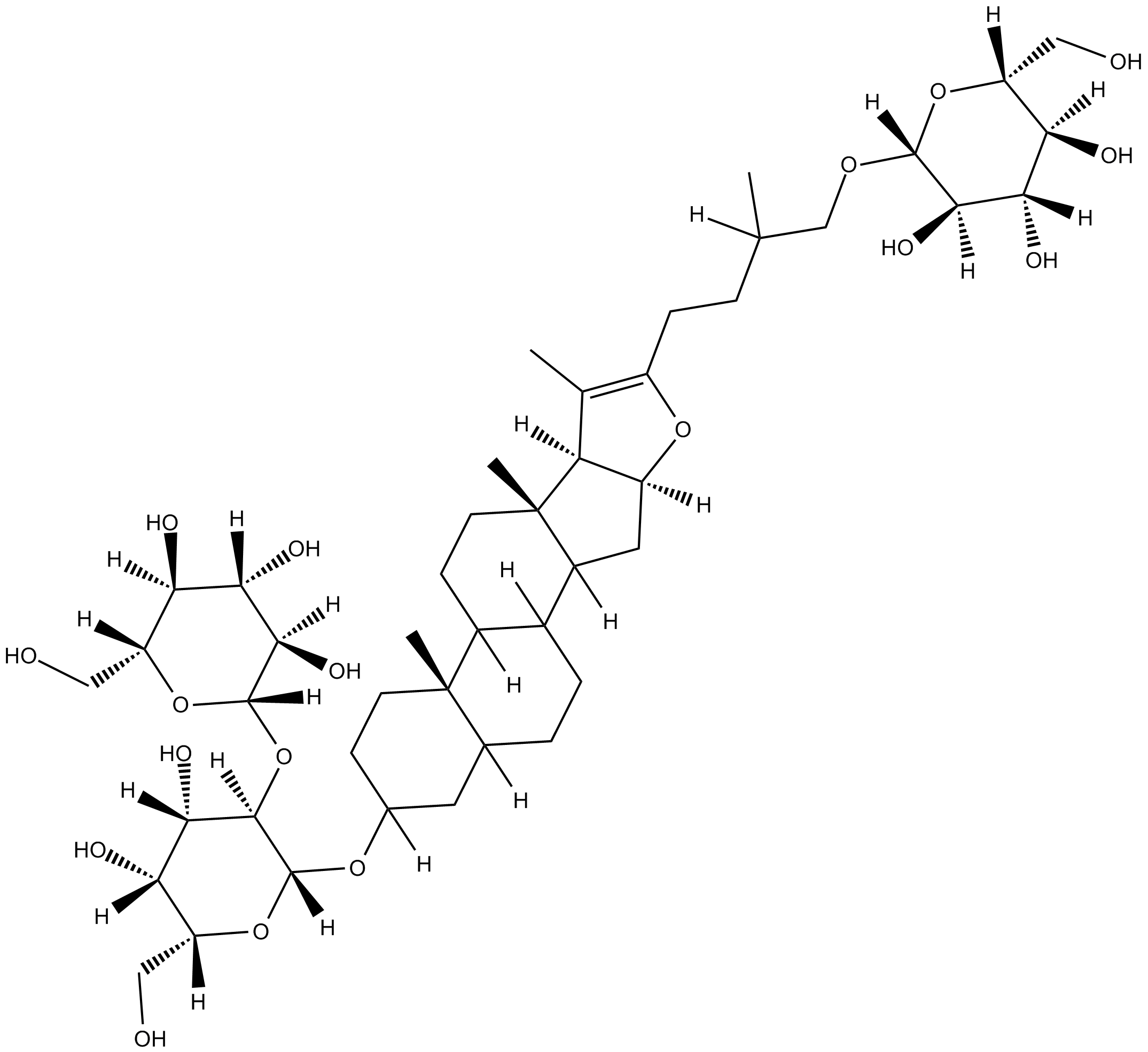
-
GC19428
Angeli’s Salt
Un donneur classique de nitroxyle (NO-)
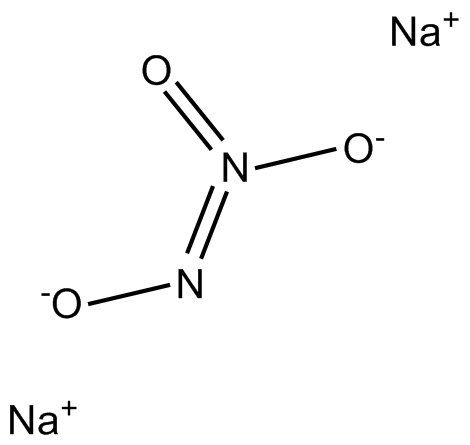
-
GC39284
ANI-7
ANI-7 est un activateur de la voie des récepteurs d'aryl-hydrocarbure (AhR). ANI-7 inhibe la croissance de plusieurs cellules cancéreuses et inhibe puissamment et sélectivement la croissance des cellules cancéreuses du sein MCF-7 avec un GI50 de 0,56 μM. L'ANI-7 induit des mono-oxygénases métabolisant le CYP1 en activant la voie AhR, et induit également des dommages À l'ADN, l'activation du point de contrÔle de la kinase 2 (Chk2), l'arrêt du cycle cellulaire en phase S et la mort cellulaire dans les lignées cellulaires sensibles du cancer du sein.
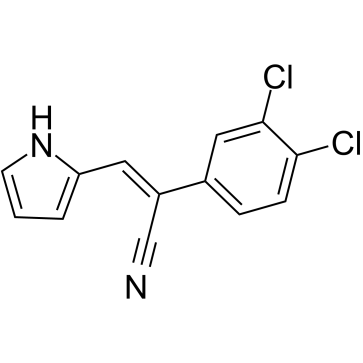
-
GC49419
Aniline-d5
An internal standard for the quantification of aniline

-
GC42815
Ansatrienin A
Ansatrienin A is an ansamycin antibiotic and antifungal agent first isolated from S.

-
GC49259
Antagonist G (trifluoroacetate salt)
A neuropeptide antagonist

-
GP10124
Anti-Inflammatory Peptide 1
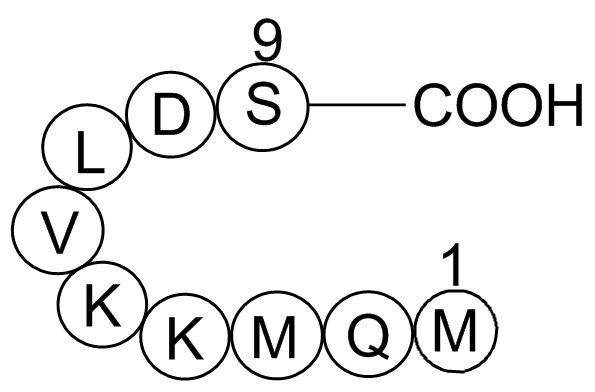
-
GC45383
Antibiotic PF 1052
L'antibiotique PF 1052 est un antibiotique extrait d'une bibliothèque de produits naturels.

-
GC49360
Antimycin A Complex
Un complexe de métabolites bactériens

-
GC52128
AOD-9604

-
GC52380
AOD-9604 (acetate)
A synthetic lipolytic peptide

-
GC34172
AP1867
AP1867 est un ligand synthétique dirigé par FKBP12F36V.
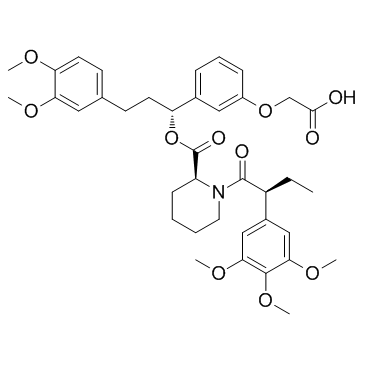
-
GC15586
AP1903
AP1903 (AP1903) est un agent dimérisant qui agit en réticulant les domaines FKBP. AP1903 (AP1903) dimérise l'interrupteur suicide Caspase 9 et induit rapidement l'apoptose.
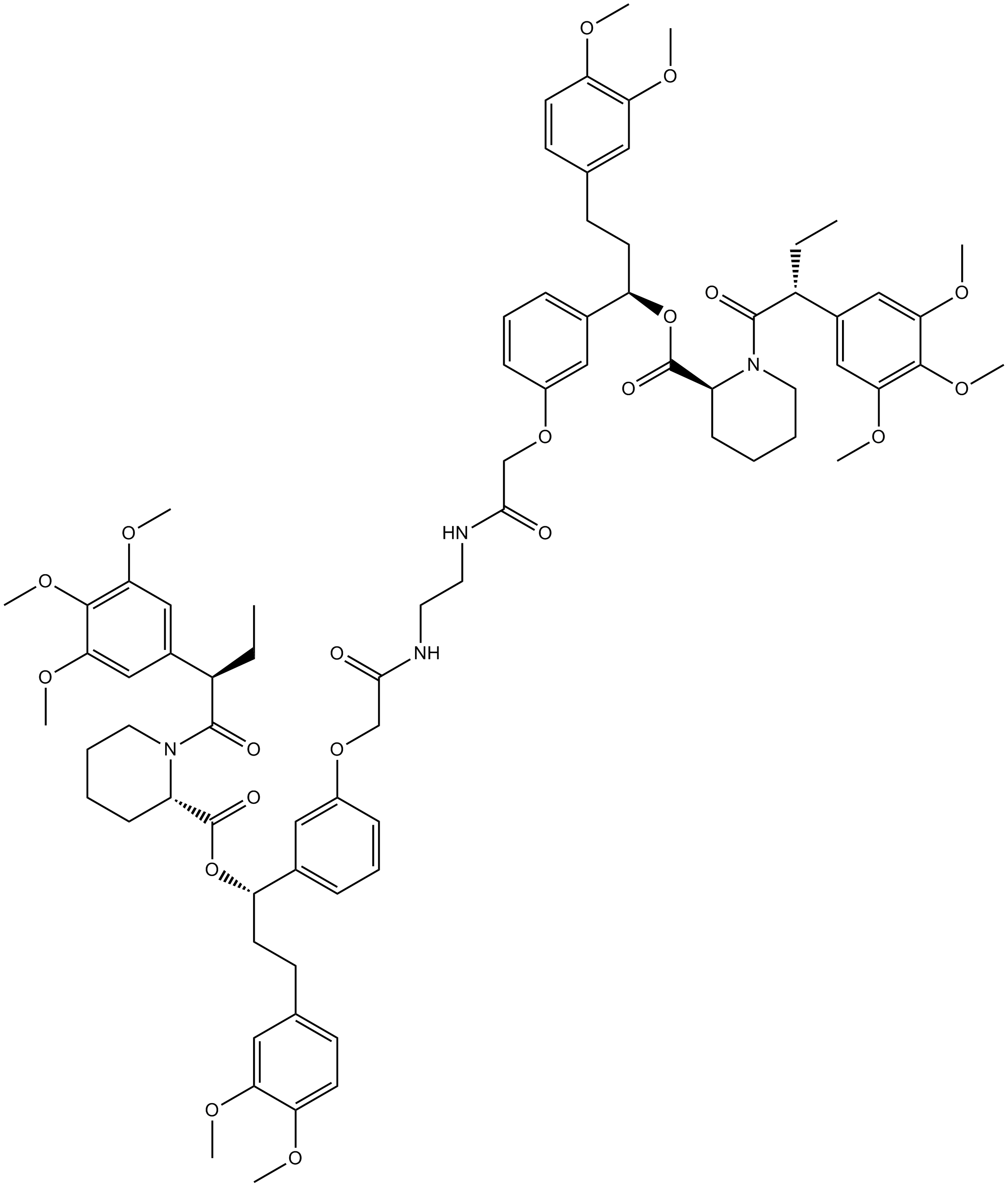
-
GC14498
AP20187
AP20187 (B/B Homodimerizer) est un ligand perméable aux cellules utilisé pour dimériser les protéines de fusion de la protéine de liaison FK506 (FKBP) et initier des cascades de signalisation biologique et l'expression génique ou perturber les interactions protéine-protéine.
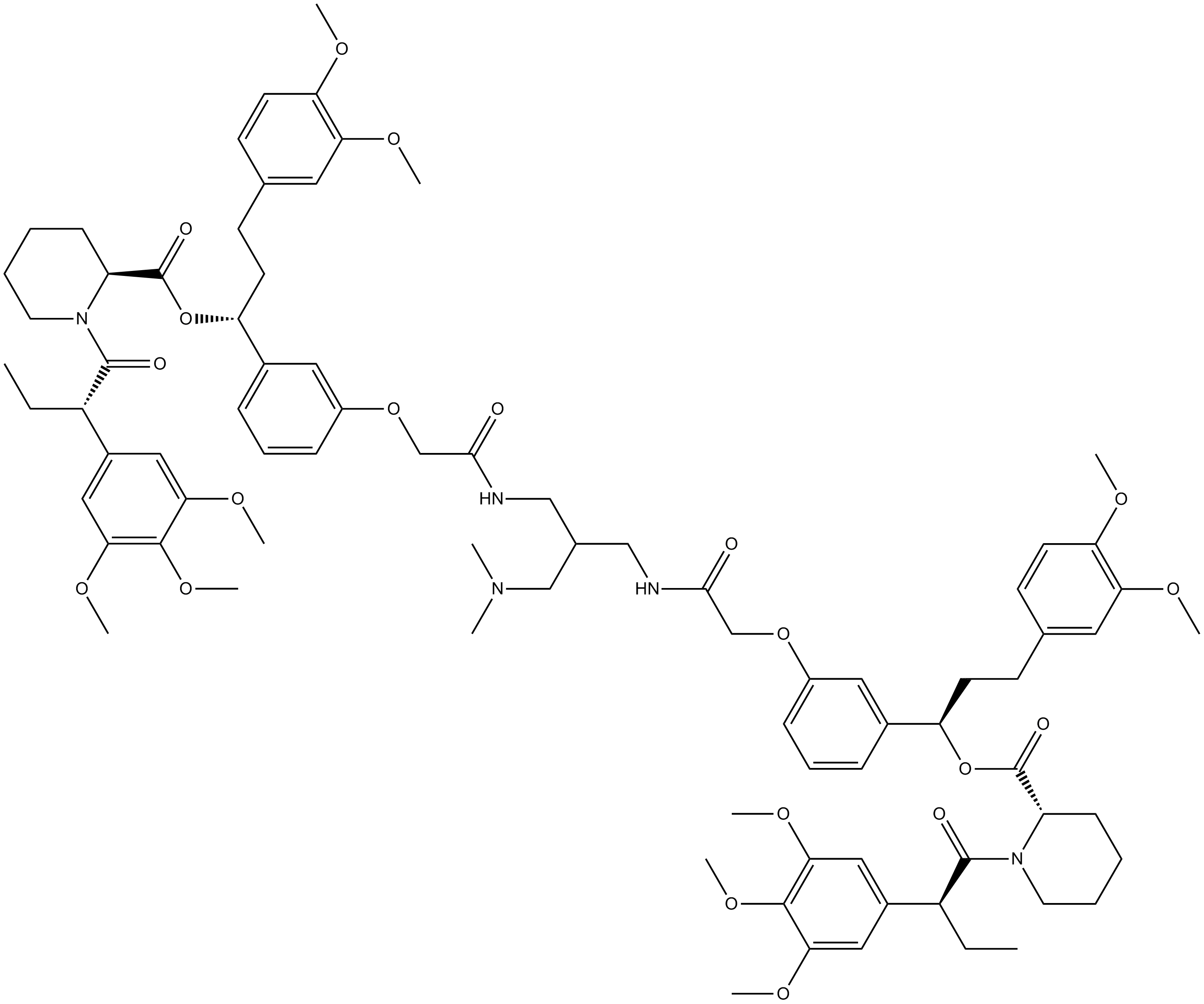
-
GC42821
AP219
AP39 is a compound used to increase the levels of hydrogen sulfide (H2S) within mitochondria.

-
GC42823
AP39
AP39 est un anéthole dithioléthione dérivé du triphénylphosphonium et un donneur de sulfure d'hydrogène (H2S) ciblant les mitochondries.

-
GC52427
Apelin-12 (human, mouse, rat, bovine) (acetate)
An endogenous agonist of the APJ receptor

-
GC42825
APF
L'APF est une sonde de fluorescence qui peut détecter de manière sélective et dose-dépendante certaines espèces parmi les ROS et qui sont très résistantes À l'auto-oxydation.

-
GN10509
Apigenin-7-O-β-D-glucopyranoside
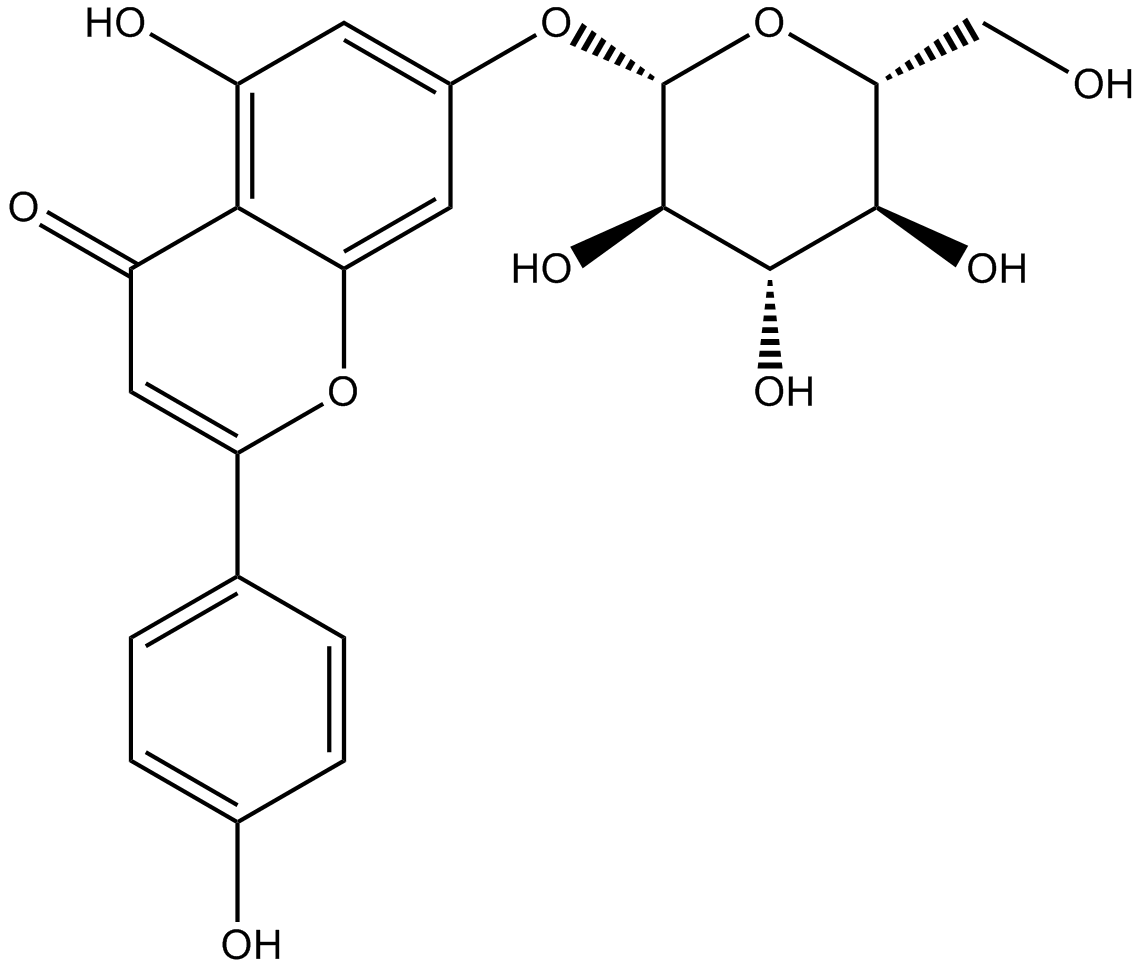
-
GC46862
Apigenin-d5
An internal standard for the quantification of apigenin

-
GC42826
Apigeninidin (chloride)
Le chlorure d'apigéninidine (gesnéridine), une 3‐désoxyanthocyanidine, est un inhibiteur de croissance fongique.

-
GC35373
Apilimod
Apilimod (STA 5326) est un puissant inhibiteur de l'IL-12/IL-23 et inhibe fortement l'IL-12 avec des IC50 de 1 nM et 2 nM, respectivement dans les PBMC humains stimulés par l'IFN-γ/SAC et les PBMC de singe traités par SAC. .
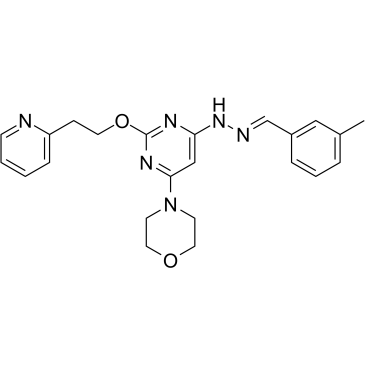
-
GC35374
Apilimod mesylate
Le mésylate d'apilimod (STA 5326) est un puissant inhibiteur de l'IL-12/IL-23 et inhibe fortement l'IL-12 avec des IC50 de 1 nM et 2 nM, dans les PBMC humains stimulés par l'IFN-γ/SAC et les PBMC de singe traités par SAC, respectivement.
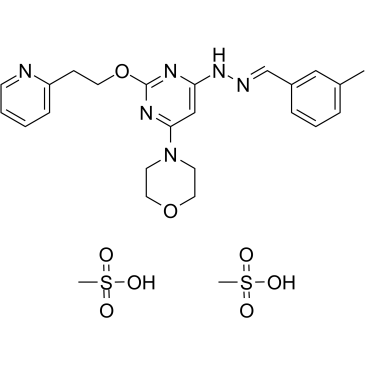
-
GC65004
Apostatin-1
L'apostatine-1 (Apt-1) est un puissant inhibiteur de TRADD.
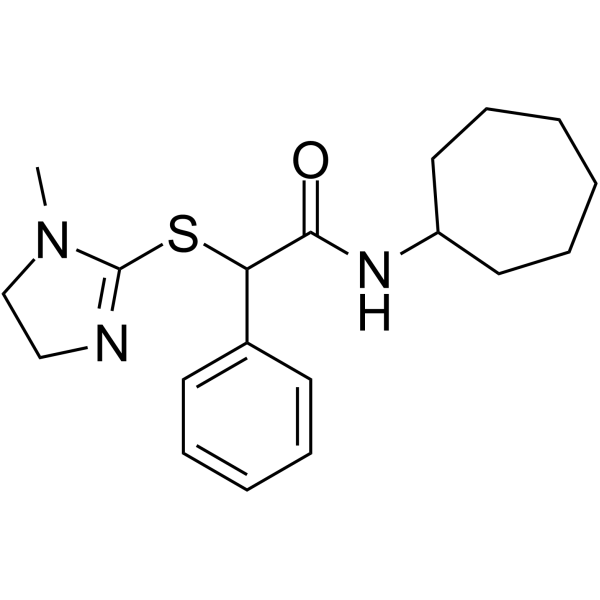
-
GC48988
Apramycin (sulfate hydrate)
An aminoglyco
side antibiotic 
-
GC46867
Apremilast-d5
Apremilast D5 (CC-10004 D5) est un Apremilast marqué au deutérium.

-
GC49776
Apricitabine
L'apricitabine (SPD754; AVX754), l'énantiomère (-) de la 2′-désoxy-3′-oxa-4′-thiocytidine (dOTC), est un inhibiteur de la transcriptase inverse (RT) du VIH-1 hautement sélectif et actif par voie orale (Ki= 0,08 μM), ainsi qu'inhibe les ADN polymérases α, β et γ avec une valeur Ki de 300 μM, 12 μM et 112,25 μM, respectivement .

-
GC31661
APY0201
APY0201 est un puissant inhibiteur de PIKfyve, qui inhibe la conversion de PtdIns3P en PtdIns(3,5)P2 en présence de [33P]ATP avec une IC50 de 5,2 nM.
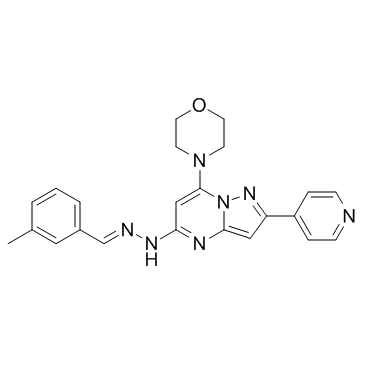
-
GC48393
Aquastatin A
L'aquastatine A est un inhibiteur des adénosine triphosphatases de mammifères.

-
GC14231
AR-C 102222
iNOS inhibitor
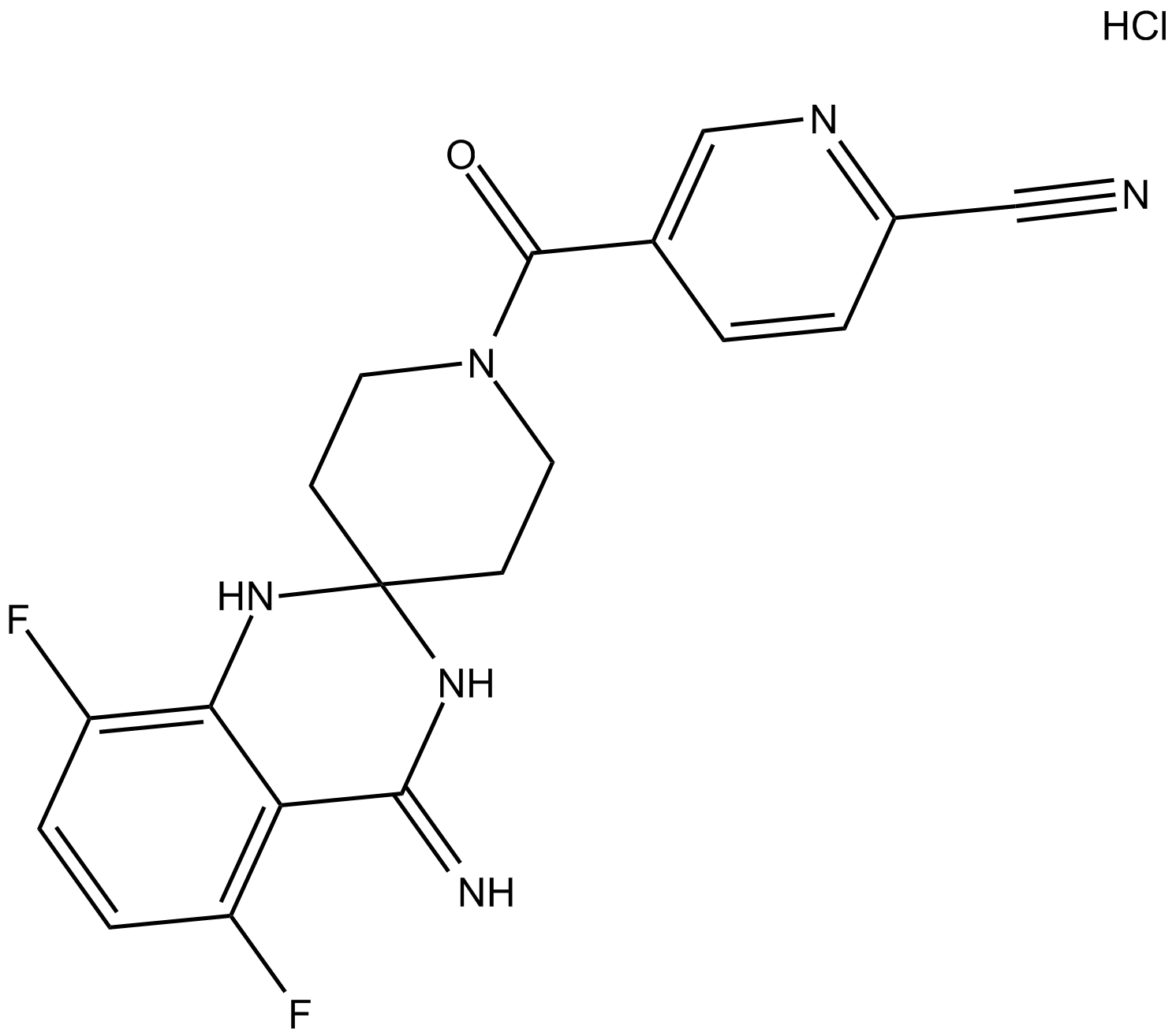
-
GC38735
AR-C102222 hydrochloride
Le chlorhydrate d'AR-C102222 est un inhibiteur de l'oxyde nitrique synthase inductible (iNOS) puissant, compétitif, actif par voie orale et hautement sélectif, avec une IC50 de 37 nM.
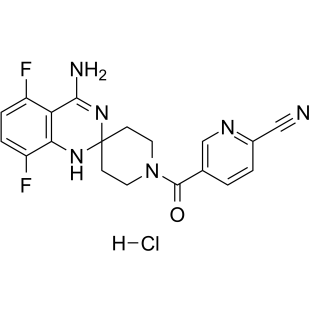
-
GC42832
Arachidic Acid (sodium salt)
Arachidic acid is a long-chain saturated fatty acid that has been found in peanut butter and anaerobic fungi.

-
GC45384
Arachidic Acid-d2

-
GC46869
Arachidic Acid-d3
L'acide arachidique-d3 (acide icosanoÏque-d3) est l'acide arachidique marqué au deutérium.

-
GC42837
Arachidonic Acid-biotin
Virtually all cellular arachidonic acid is esterified in membrane phospholipids where its presence is tightly regulated through multiple interconnected pathways.

-
GC52514
Arachidonic Acid-d11 ethyl ester
An internal standard for the quantification of arachidonic acid ethyl ester

-
GC46872
Arachidonic Acid-d5
An internal standard for the quantification of arachidonic acid

-
GC46878
Aranciamycin
A fungal metabolite with diverse biological activities

-
GC48472
Aranciamycin A
An antibiotic

-
GC40116
Aranorosin
L'aranorosine, un antibiotique antifongique puissant, a été isolée du filtrat de culture et du mycélium d'une souche de Pseudoarachniotus roseus Kuehn.

-
GC69582
ARC186
ARC 186 est un adaptateur d'acide nucléique qui agit comme un inhibiteur efficace du complément en bloquant l'activation de C5 catalysée par la convertase.
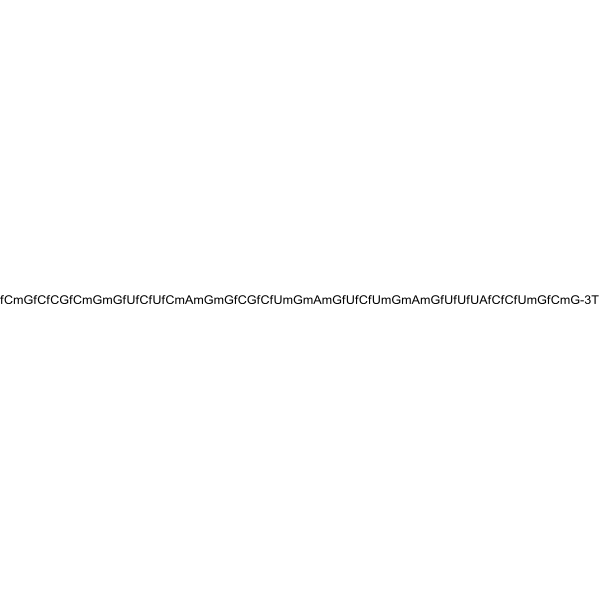
-
GC65163
Ardisiacrispin B
L'ardisiacrispine B présente des effets cytotoxiques dans les cellules cancéreuses multifactorielles résistantes aux médicaments via la mort cellulaire ferroptotique et apoptotique.
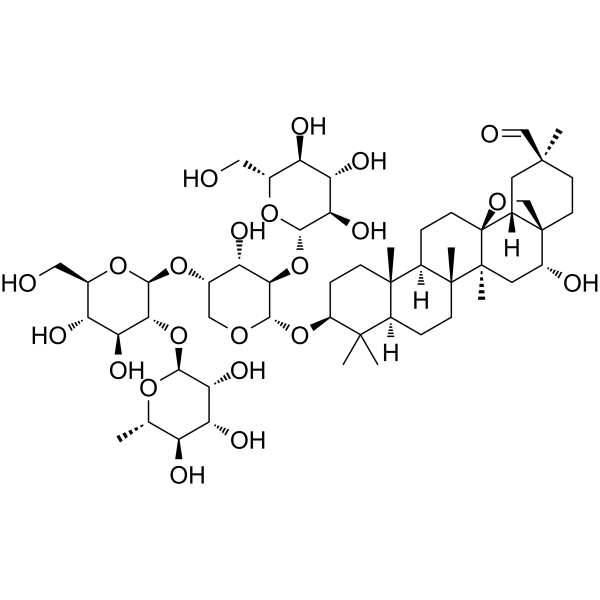
-
GC35385
Arglabin
L'arglabine ((+)-Arglabine), un produit naturel isolé de l'Artemisia glabella, est un inhibiteur de l'inflammasome NLRP3.
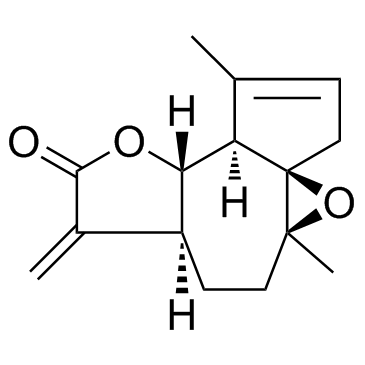
-
GC52332
Arimoclomol
A co-inducer of heat shock proteins

-
GN10579
Aristolochic Acid A
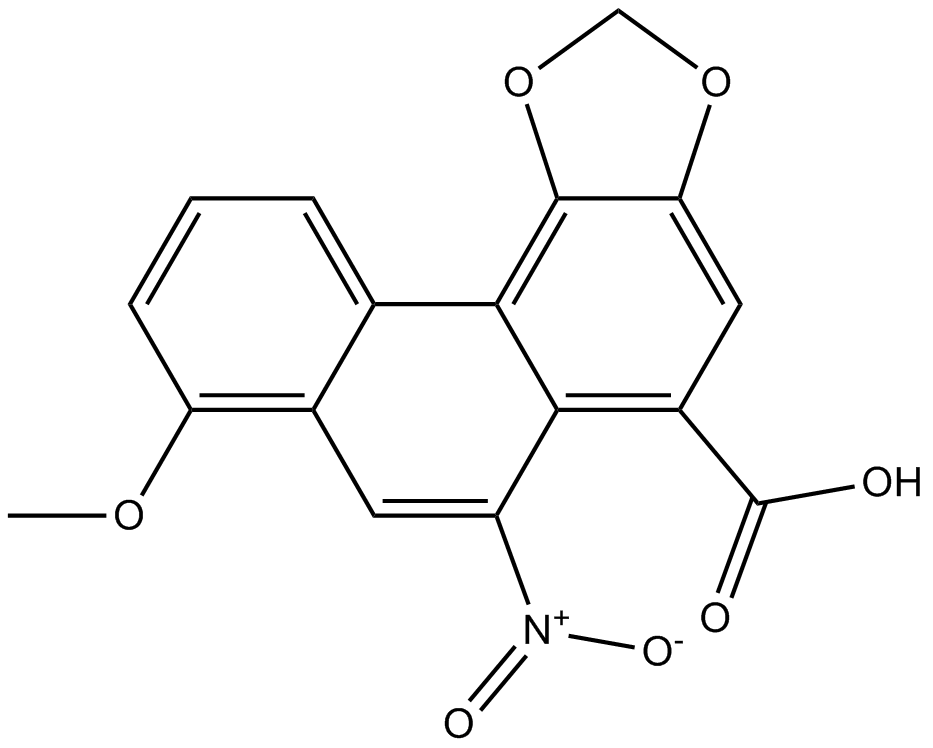
-
GC46005
Arjunolic Acid
L'acide arjunolique est une saponine isolée de Symplocos lancifolia et possède diverses activités biologiques, notamment des activités antioxydantes, antimicrobiennes, antibactériennes et anti-inflammatoires.

-
GC14802
ARL 17477 dihydrochloride
Selective nNOS inhibitor
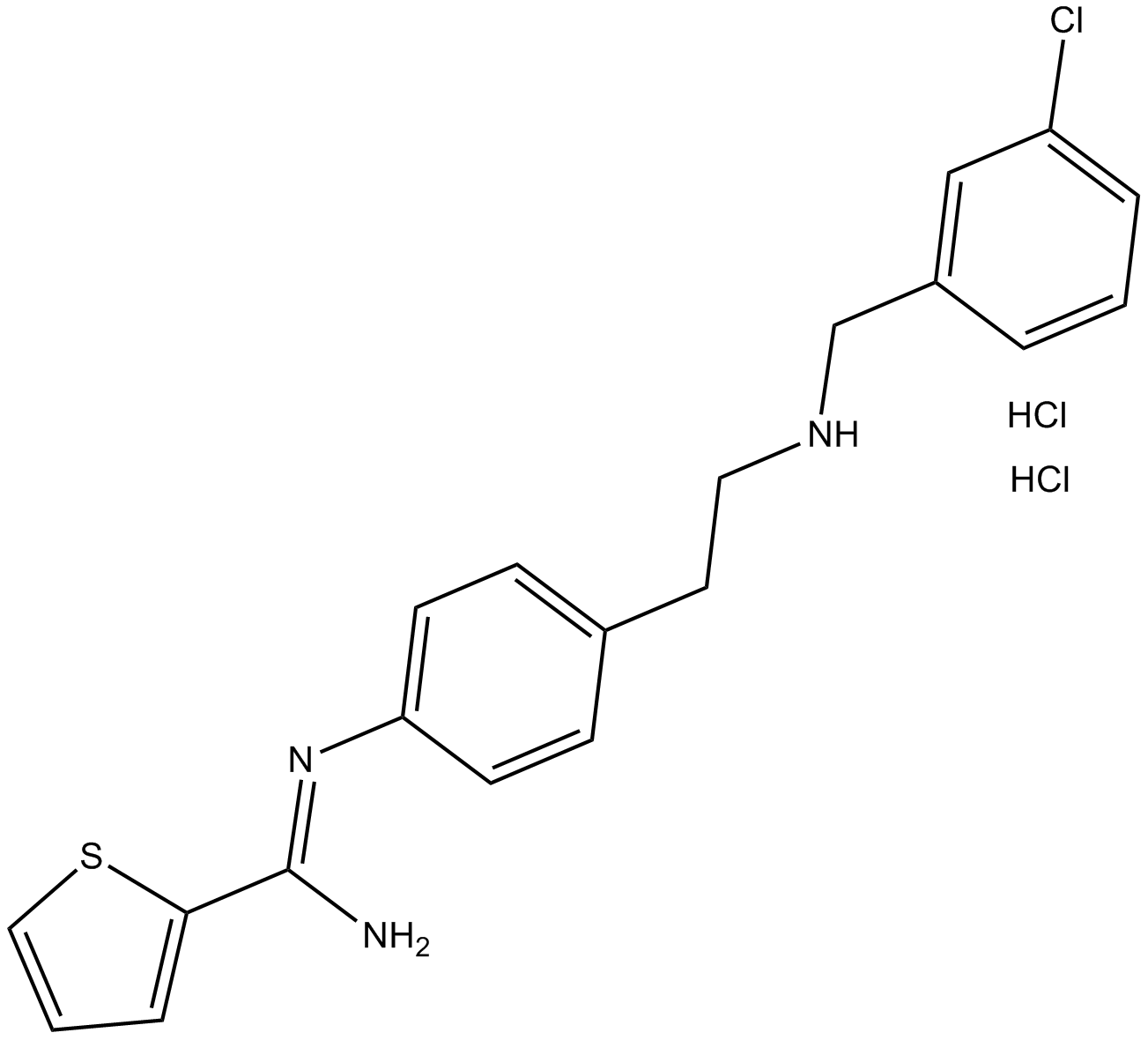
-
GC35394
Armepavine
L'Armepavine, un composé actif de Nelumbo nucifera, exerce non seulement des effets anti-inflammatoires sur les cellules mononucléées du sang périphérique humain, mais également des effets immunosuppresseurs sur les lymphocytes T et sur les souris néphrétiques lupiques.
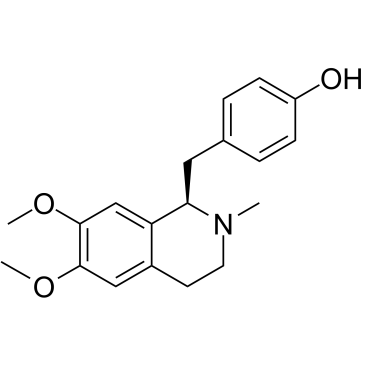
-
GC61796
Armillarisin A
L'armillarisine A a le potentiel pour l'étude sur la colite ulcéreuse (CU).
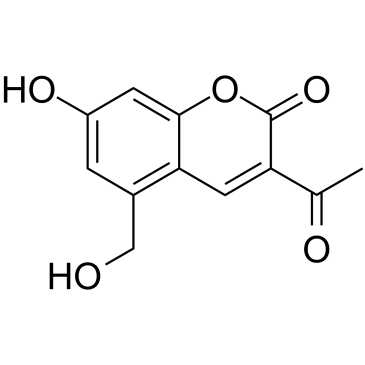
-
GC33070
ARN-3236
L'ARN-3236 est un inhibiteur oral actif et sélectif de la kinase 2 inductible par le sel (SIK2), avec des IC50 <1 nM, 21,63 nM et 6,63 nM pour SIK2, SIK1 et SIK3, respectivement.
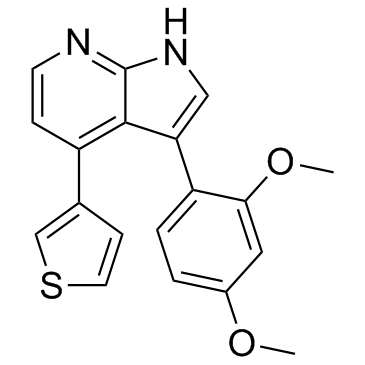
-
GC49103
Aromadendrene
A sesquiterpene with diverse biological activities

-
GC46881
Artemether-d3
An internal standard for the quantification of artemether

-
GC46882
Artemisinin-d3
An internal standard for the quantification of artemisinin

-
GC45790
Artesunate-d4
L'artésunate-d4 est un artésunate marqué au deutérium. L'artésunate est un inhibiteur de STAT-3 et de la protéine 1 exportée (EXP1).

-
GC17659
AS 101
AS 101 (AS101), un composé de tellure immunomodulateur, est un puissant IL-1β ; inhibiteur.
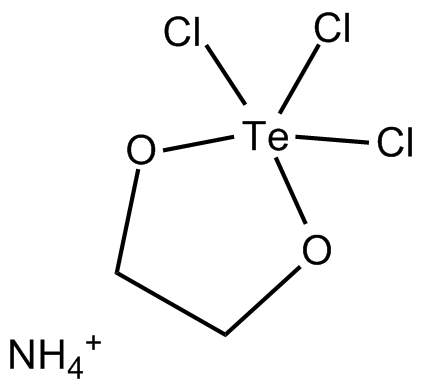
-
GC46883
AS-2077715
An inhibitor of fungal complex III

-
GC35401
Asatone
L'Asatone est un composant actif isolé de Radix et Rhizoma Asari, À effet anti-inflammatoire via l'activation de NF-κB et la régulation des voies p-MAPK (ERK, JNK et p38).
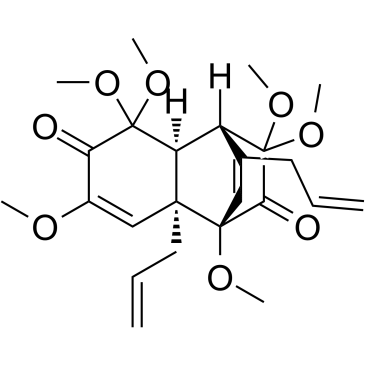
-
GC12070
Ascorbic acid
Un donneur d'électrons
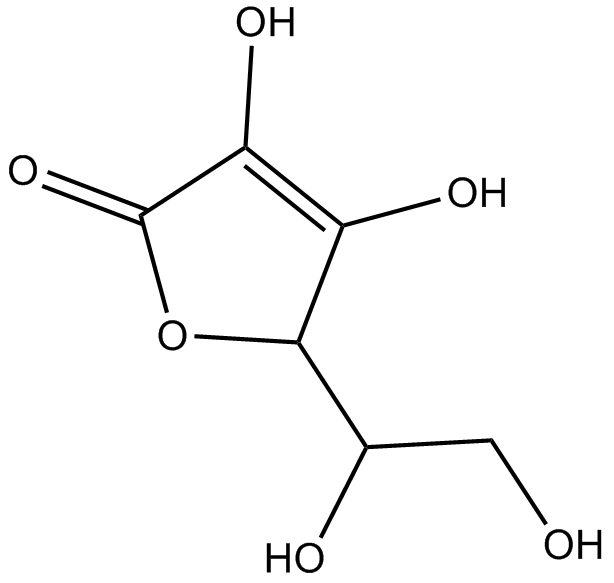
-
GN10534
Asiaticoside
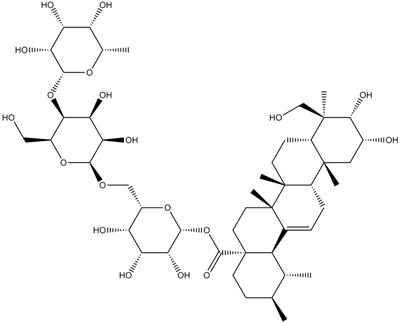
-
GC18978
Aspartocin D
Aspartocin D is a lipopeptide antibiotic originally isolated from S.
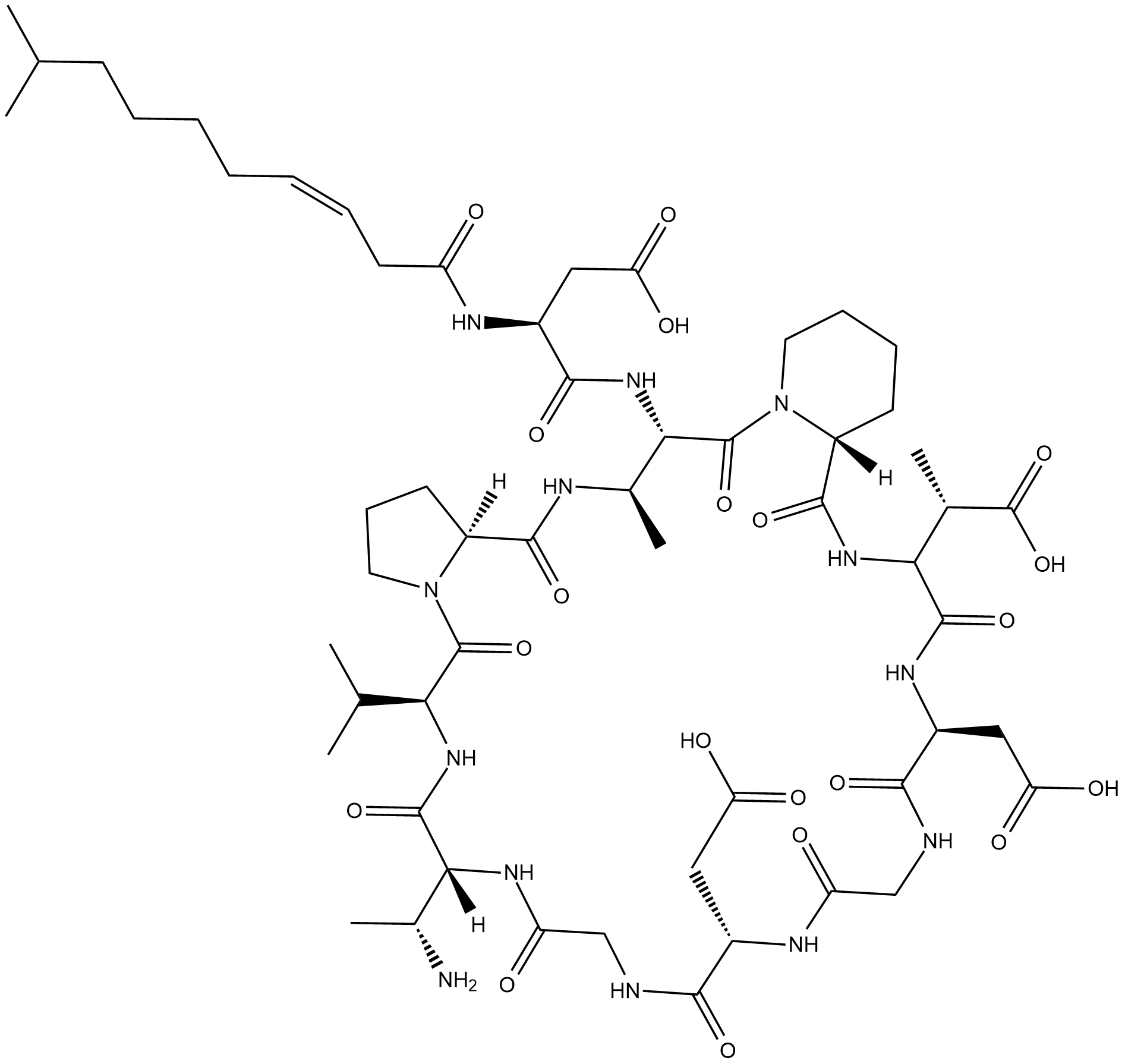
-
GC46089
Asperfuran
L'asperfurane est un dérivé antifongique du dihydrobenzofurane produit par une souche d'Aspergillus oryzae.

-
GC42858
Aspergillin PZ
L'aspergilline PZ est un nouvel isoindole-alcaloÏde d'Aspergillus awamori.

-
GC40682
Asperlactone
Asperlactone is a nematicidal, insecticidal, antibacterial, and antifungal polyketide metabolite produced from A.

-
GC35411
Asperuloside
L'aspéruloside est un iridoÏde isolé de Hedyotis diffusa, À activité anti-inflammatoire.
